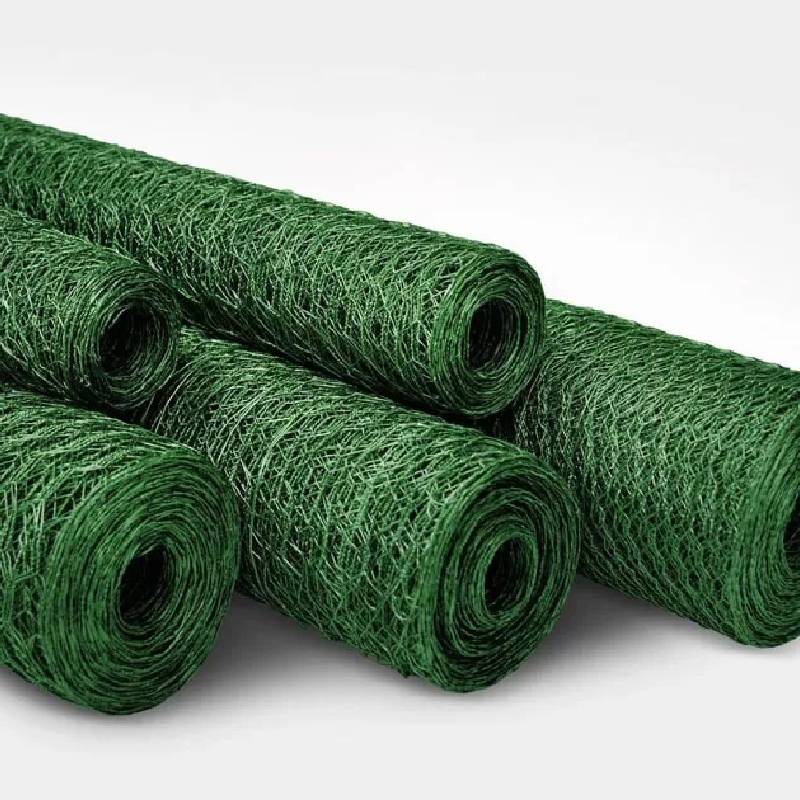
- Mobile Phone
- +8613931874955
- sales@cntcmetal.com
compression and extension springs
Understanding Compression and Extension Springs
Compression and extension springs are vital components used in a wide variety of mechanical applications, playing crucial roles in storing energy and providing resistance to external forces
. Although both types of springs serve similar purposes, they are designed specifically to function in different ways based on their applications.Compression springs are assembled to operate under compression. They are typically made of coiled wire, often with a cylindrical shape, and are designed to be compressed when a load is applied. This action stores potential energy within the spring. When the load is removed, the spring expands back to its original shape, releasing the stored energy. Compression springs can be found in many everyday products, from pens and mattresses to industrial machinery, where they absorb shocks and maintain forces.
compression and extension springs

On the other hand, extension springs function in a completely different manner. Unlike compression springs, extension springs are designed to operate under tension. They are coiled in such a way that they are elongated when a force is applied. The design often incorporates hooks or loops at either end, allowing them to be securely anchored in place. When the force is released, these springs return to their original length. Common applications include trampolines, screen doors, and various types of machinery where they provide the necessary tension to ensure components move correctly.
Both compression and extension springs are manufactured from various materials, including stainless steel, music wire, and other alloys, depending on the required strength, flexibility, and environmental factors. The manufacturing process is equally vital; it involves precise calculations to ensure the springs can withstand the intended loads without permanent deformation. Factors such as the spring's diameter, the number of coils, and wire thickness are crucial in determining its strength and performance characteristics.
In conclusion, while compression and extension springs are fundamental components in many mechanical systems, their operational principles differ significantly. Understanding these differences is essential for engineers and designers when selecting the appropriate type of spring for their specific applications. By leveraging the unique properties of each type, we can create more efficient and effective mechanical systems that meet modern demands.
share:
-
Wire Tension Springs for Diverse ApplicationsNewsMay.27,2025
-
Snake SpacersNewsMay.27,2025
-
Sacrificial Formwork Solutions for ConstructionNewsMay.27,2025
-
Iron Binding Wire for Your Construction NeedsNewsMay.27,2025
-
Enhance Your Construction Projects with Wire SpacerNewsMay.27,2025
-
Black Annealed Wires for Diverse ApplicationsNewsMay.27,2025
-
Strong Wall Support ChoicesNewsMay.23,2025



















